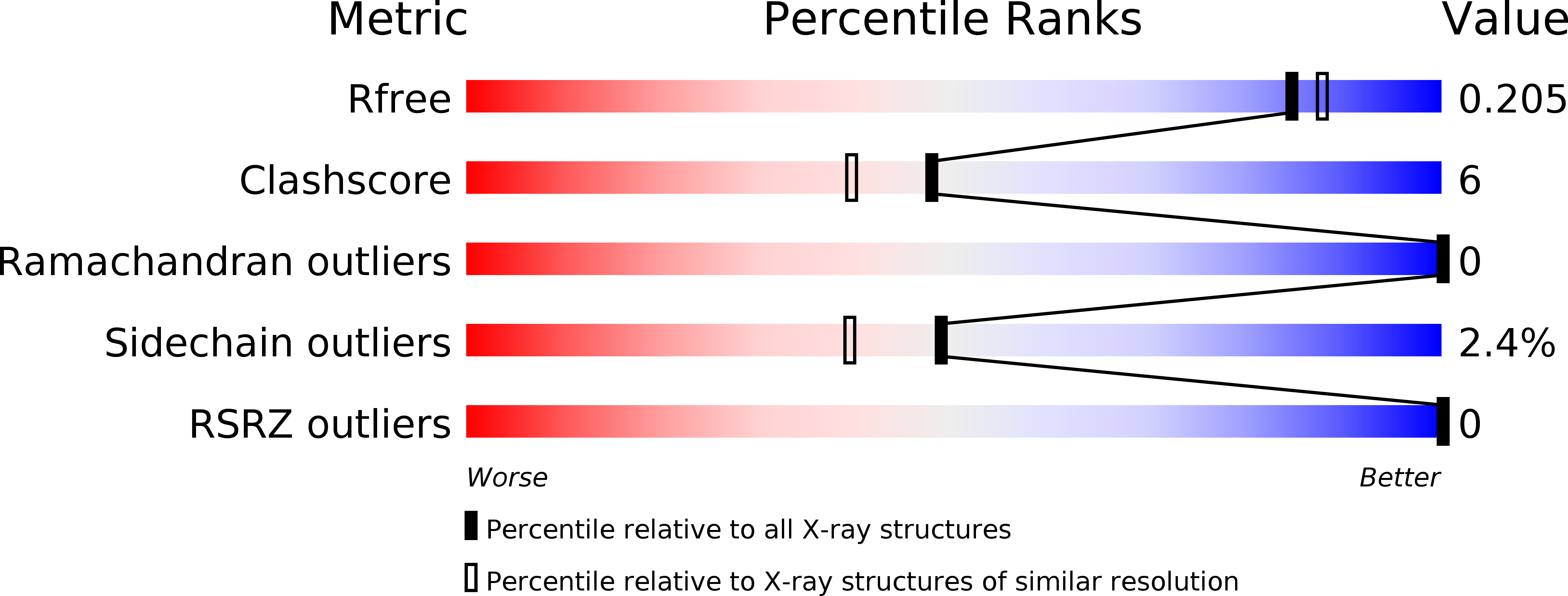
Deposition Date
2018-01-25
Release Date
2018-05-30
Last Version Date
2024-11-20
Entry Detail
PDB ID:
5Z6V
Keywords:
Title:
Crystal structure of a substrate-binding protein from Rhodothermus marinus
Biological Source:
Source Organism:
Host Organism:
Method Details:
Experimental Method:
Resolution:
1.87 Å
R-Value Free:
0.19
R-Value Work:
0.15
R-Value Observed:
0.15
Space Group:
C 1 2 1


